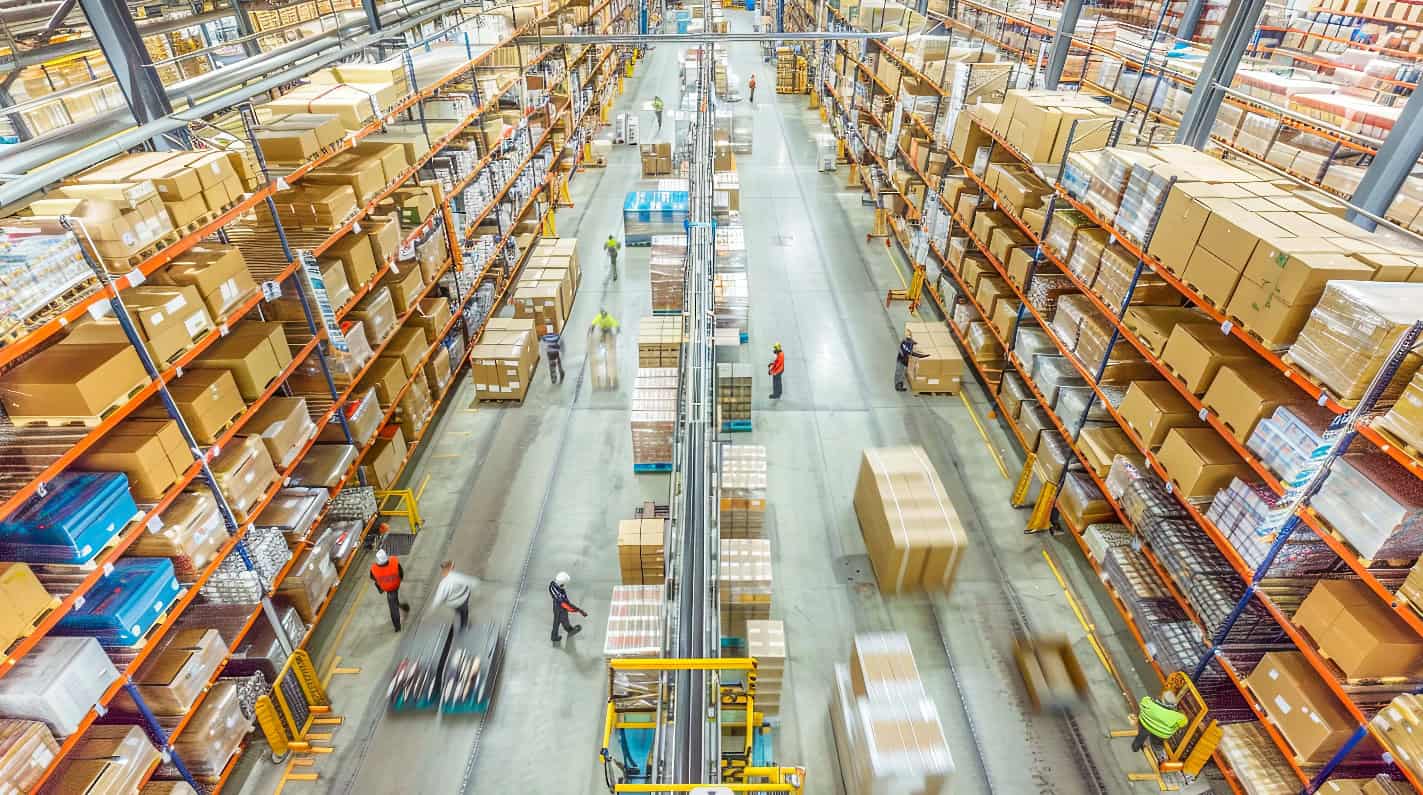Enterprise mobility involves overseeing the use of mobile devices, wireless networks, and associated IT services to enhance mobility throughout the supply chain. As more supply chain professionals rely on smartphones and tablets to optimize operations, the demand for mobile device management solutions has grown significantly, providing the necessary support and security for these devices.
Whether a warehouse focuses on distribution, manufacturing, logistics or procurement, with its workers supported and its business processes aligned with mobile IT, enterprise mobility can propel it to a higher level of productivity and profitability.

Enterprise mobility goes hand-in-hand with automatic identification and data capture (AIDC). And in 2014, automated processes aren’t a luxury – they’re a necessity. To keep a warehouse running both smoothly and efficiently in today’s competitive business environment, paper-based processes are simply too slow-moving and prone to inaccuracies.
AIDC tools such as RFID, barcoding, wireless devices, automation software and voice-directed technology allow supply chain businesses to significantly increase their productivity and accuracy. Experienced consultants can assist you in choosing the right solutions and software for your enterprise mobility strategy.
A flexible, seamlessly integrated enterprise mobility platform can increase efficiency, improve sales and customer service, reduce labor-intensive processes and increase return-on-investment.
Here’s how:
- 1. Labor management
With an enterprise mobility strategy in place, complete with AIDC technology, you can utilize labor in new ways and reallocate it to your advantage. Workers can input information into their mobile devices while completing tasks, rather than traveling to a desktop computer to do so. By eliminating the need for employees to manually enter data or fill out paper forms, employees will be able to complete tasks in less time and with fewer errors, allowing them to move onto new projects more quickly. They will also have more time to complete vital, immediate tasks.
To track improvement in your productivity, you can view performance metrics and automated feedback through your software solution. Evaluating employee performance allows supply chain managers to identify areas that require additional training to make the best use of labor.
- 2. Inventory and asset management
With mobile data collection methods, namely RFID technology, supply chain employees can gain access to accurate inventory and asset information in real-time – no matter where they are in the warehouse. They can locate inventory items, tools and vehicles instantaneously.
This allows them to complete tasks more quickly, and more specifically, speed up inventory returns and optimize order fulfillment. With increased inventory visibility and knowledge across the supply chain, warehouses can reduce their carrying costs and utilize their space more wisely, as well as make quick, data-driven decisions.
- 3. Distribution management
Automated processes and increased inventory visibility as a result of mobile data collection devices – specifically barcode scanners and RFID readers – allow supply chain employees to increase the speed and accuracy of their distribution operations. Workers don’t have to take extra steps or backtrack to a desktop computer to verify information. While on the shop floor, they can access information or receive notifications about inventory availability, order fulfillment, vehicle utilization, etc.
When shipments are received quickly and correctly, the supply chain runs much more smoothly and customers are much happier. Not to mention, you can increase the turnover rate of your projects and become much more profitable.
- 4. Facility management
Facility management is often overlooked as a benefit of enterprise management. But think about how much more streamlined your supply chain facility’s operations might be if you could leverage mobile devices and Wi-Fi to send corporate messages to employees, monitor labor percentages and inventory discrepancies, or schedule maintenance. Doing so would undoubtedly be quicker, easier and more intuitive than using manual or desktop procedures.
At their convenience warehouse managers can view all of their facility’s supply chain operations on software dashboard, via the back-office computer or a mobile device, to keep track of labor and productivity. Employee devices can be set up to receive important messages and notifications to improve the flow of information –without expensive wiring.
So, what are you waiting for? To improve productivity and profitability, contact a consultant about going mobile today.

